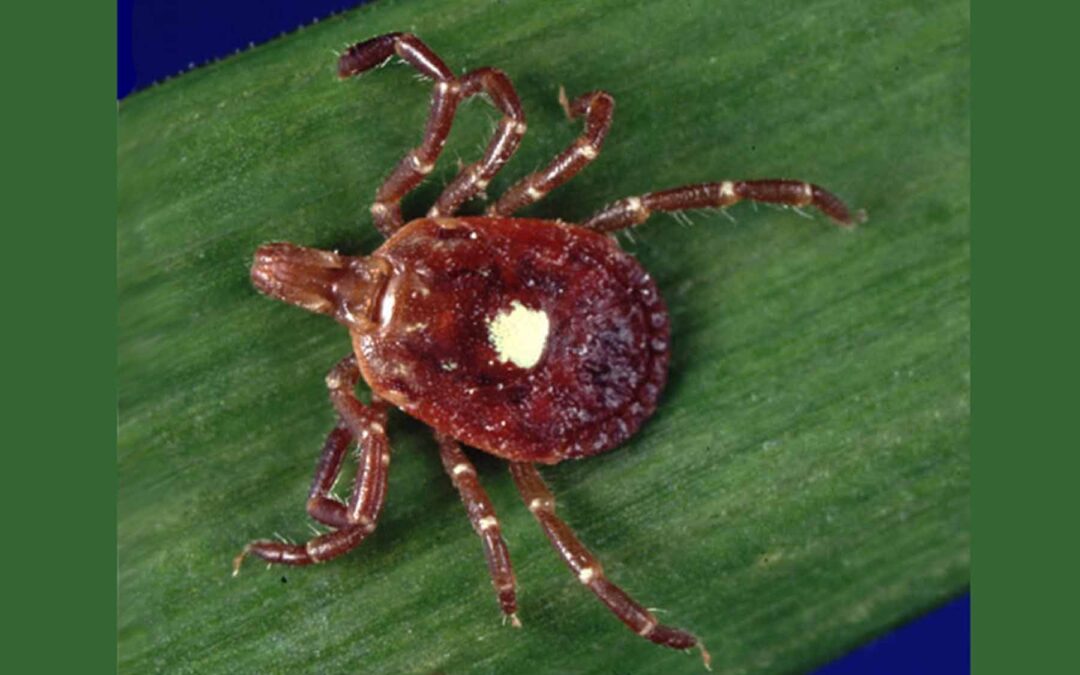The article below, “Tick Bites Lead to Red Meat Allergy,” was first published on GlobalFoodForums.com in 2017 and updated in 2021. I thought this disease was becoming relatively well-known. However, an article published in November 2023 in the magazine “for Women First” declared that “Alpha-gal syndrome” is up 711% and “42% of Doctors Have Never Even Heard of It.”
Here’s to all of us who love spending time outdoors!
A potentially severe allergy to red meat has been linked to tick bites. It is spreading to areas of the country previously thought free of the Lone Star tick (Amblyomma americanum). This tick carries alpha-gal sugar (galactose-alpha-1,3-galactose), which can cause a damaging reaction. Researchers have begun to believe other tick species may also spread the allergen, including the deer tick that causes Lyme disease.
Alpha-gal is a sugar typically found in red meat. Ordinarily, this sugar poses no problem to people, but when the tick carrying the sugar bites a person, the sugar enters the bloodstream. As a result, antibodies form to fight the alpha-gal sugar. The next time red meat is consumed, an allergic reaction develops as the body’s immune system fights the alpha-gal.
Symptoms typically develop four to eight hours after the person consumes red meat. Hives and intense itching in the palms and soles of the feet usually develop—sometimes severe stomach pain. On rare occasions, throat and tongue swelling occurs, and life-threatening anaphylaxis shock may occur.
Those with the allergy must avoid red meat and by-products such as cheese, gelatin, and fat. Scientists do not yet know whether the red meat allergy is permanent. Some people have shown signs of recovery, while others have not.
Further reading related to Tick Bites Lead to Red Meat Allergy:
— https://www.cdc.gov/mmwr/volumes/72/wr/mm/7230a2.htm
— https://www.firstforwomen.com/posts/health/alpha-gal-syndrome-symptoms
— https://www.mprnews.org/story/2017/01/12/tick-triggered-meat-allergy-northern-minnesota
Click on the phrases below to see related articles on these topics at FoodTrendsNTech.com.

